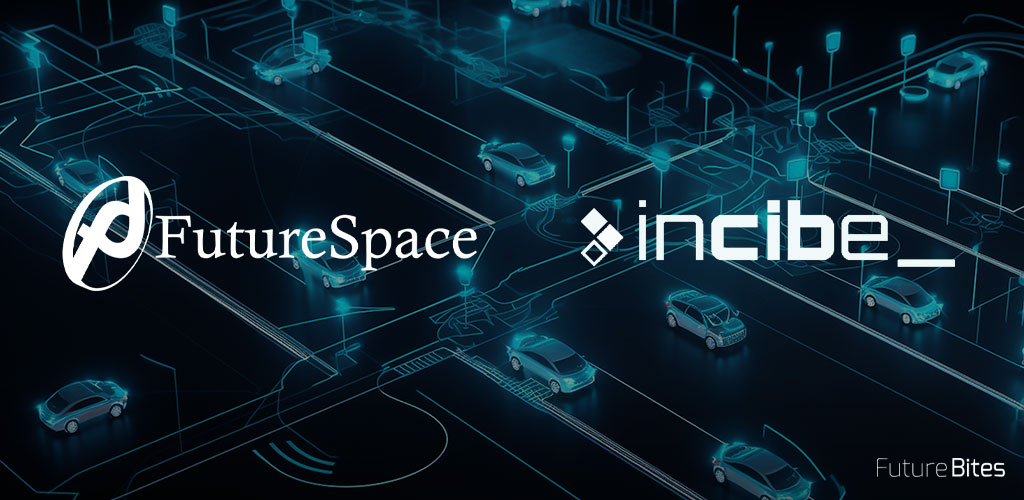In these times it is a reality that all sectors and more specifically the banking and insurance sector, are carrying out digital transformation processes to adapt to new scenarios in the market.
A few years ago, insurance companies worked with a business model in which communications were unidirectional, from the insurance company to the customer, and in which the customer had full control of the information generated around its products. However, today communication between the insurance company and the client is bi-directional, with the client being not only a consumer of content, but also a generator of it. The environment is constantly changing and customers are increasingly demanding, which is why the traditional business model has to change and for this reason digital transformations are being carried out in companies.
Today I would like to focus particularly on one case, that of Liberty Seguros, since I was at a presentation by their Technology Director Maribel de laVega a few months ago at OpenExpo 2017 and I was struck by the way they have approached it.
Digital Transformation in Liberty Insurance
Digital transformation is defined as "The change associated with the application of digital technology in all aspects of human society". However, one of the things highlighted in the paper is that at Liberty Seguros they have not approached the digital transformation only as something related to digital technologies, but rather they approach it from four pillars: cultural transformation, technological transformation, process transformation and innovation.
Cultural Transformation
This is the fundamental pillar of Liberty Seguros' digital transformation. With this change they intend to create a corporate culture in which all employees listen and know the needs of the customers, and adopt the values of the company (Commitment, achievement, positive attitude, customer orientation...) in their daily work. This is the foundation for the success of their digital transformation, according to Maribel de la Vega, since for them the key to change is in the employees, since they are the ones who have a direct relationship with the customer.
To achieve this, they did activities that in principle might seem playful to anchor the values, such as allowing all employees to participate in making some company decisions. In addition, we have gone from having watertight departments to making the work transversal, making use of agile methodologies such as SCRUM. They have also brought about a change in the spaces, betting on open environments in their offices, where there is not only room for work but also for healthy living and recreation (there are bicycles, gymnasium, etc.) and of course, they have modified the organizational structure focusing on customer orientation instead of product orientation.
Technological Transformation
The transformation of technologies is obviously fundamental to any digital transformation. In the case of Liberty, this change is approached from the customer's point of view; that is, it is clear that we must take advantage of the information we now have about customers using Big Data technologies, real-time information and the Mobile First philosophy, but it is not always best to go to the latest trend of technologies, since these are changing. Instead, it is necessary to seek a balance between the most current and what interests the customer most.
In addition, in its transformation, Liberty Seguros has opted for Open Source technologies, making changes in the architectures of its systems to achieve omnicanality so that its architecture is a reference system in terms of customer interaction.
Process Transformation
The reasons for carrying out a process transformation at Liberty were mainly twofold: on the one hand to improve the customer experience and, on the other hand, to reduce the cost of recurring processes by investing these savings in improving technologies, user experience, talent management, and innovation. The changes that are made in the processes are the result of the evaluation of the key moments of interaction with the client and always focused on improving their experience generating emotional impact to improve loyalty. Its objective is to increase the number of contacts with customers in their processes and generate positive impacts on them.
Innovation
At Liberty Seguros, an internal innovation culture is promoted through initiatives such as rewarding employees who contribute ideas that they believe can be innovative for the company, worldwide Hackatons for all the company's technology departments, among others.
Reviewing the general lines of their digital transformation and seeing the weight they have given to the cultural transformation it is not surprising that Liberty Seguros has been recognized for its work with awards such as El Mundo Zen Adecco, My Company is Healthy Awards and E-Healthy Company in the Prevencionar Awards.
In short, for any digital transformation to be successful, there must be a commitment to it at all levels of the organization and always bearing in mind that this transformation is not a process with an end, but that companies must be in constant movement, adapting and trying to anticipate market changes.











